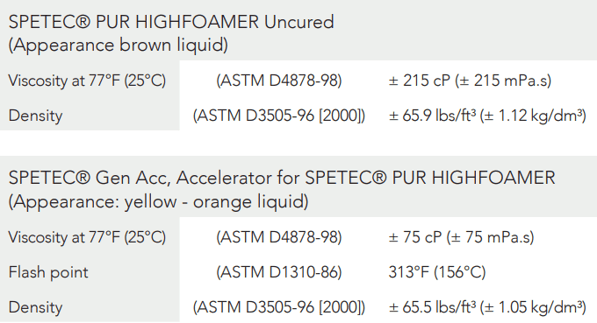
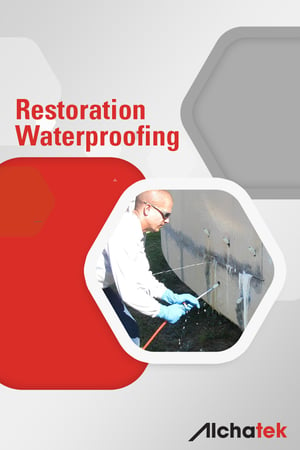 Restoration waterproofing is always a unique undertaking as there are many unknowns. Identifying the source of the infiltration is the obvious first step and it is a challenging one. Properly diagnosing a leak may require numerous steps that include, but are not limited to, inspection, flood testing, dye testing, mock-ups, removal of finishes, and occasionally destructive test methods.
Restoration waterproofing is always a unique undertaking as there are many unknowns. Identifying the source of the infiltration is the obvious first step and it is a challenging one. Properly diagnosing a leak may require numerous steps that include, but are not limited to, inspection, flood testing, dye testing, mock-ups, removal of finishes, and occasionally destructive test methods.
Setting Clear Goals
Before embarking on a restoration waterproofing project, it is important to set clear goals and expectations for all parties involved. Clearly, stopping water intrusion is normally the main goal. Various methodologies and products can be employed to achieve this goal. Each of those may have different costs, varying levels of site disruption, and varying timetables. These should all be discussed so the end customer can make a well-educated decision.
Understanding Water Migration
It is important to understand a few key concepts about water migration. Just because a leak only manifests in specific areas does not mean that there are no other locations allowing water ingress. Water seeks the path of least resistance, typically the low spots. As these low spots are remediated, the water may migrate to other failed areas. This can be further complicated if the repairs are conducted during a relatively dry time, as the leak migration may not manifest until the next rain event. Conducting waterproofing repairs during active leaking helps to identify leak migration issues. Flood testing before, during, and/or after the work also can help identify leak migration.
In summation, remedial waterproofing is often an explorative process and can require on-the-fly adjustments. Setting expectations, maintaining open communication with all involved parties, and attention to detail are essential to making the waterproofing process efficient and successful.



 Alchatek offers
Alchatek offers 

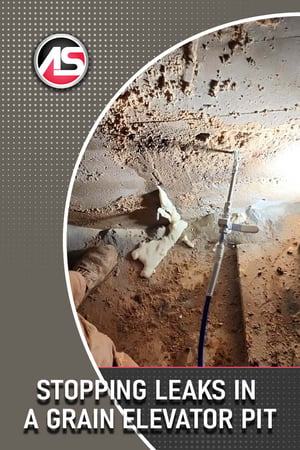 So, you have another clog in your boot? Well, your grain elevator boot that is. This means shutting down to clean your grain elevator. Which means loss of production, loss of grain, and delays. Drains and sump pumps clog and can be unreliable.
So, you have another clog in your boot? Well, your grain elevator boot that is. This means shutting down to clean your grain elevator. Which means loss of production, loss of grain, and delays. Drains and sump pumps clog and can be unreliable. 


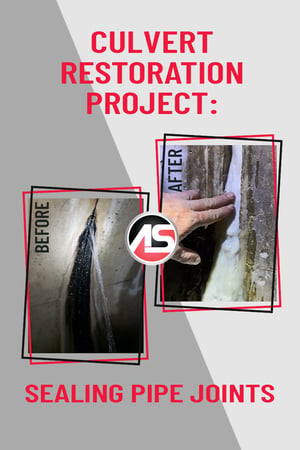 A major culvert restoration project was recently completed by
A major culvert restoration project was recently completed by 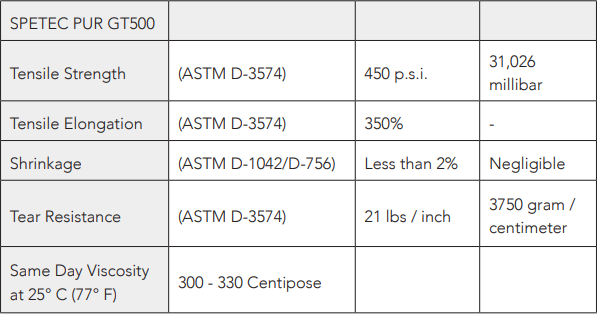

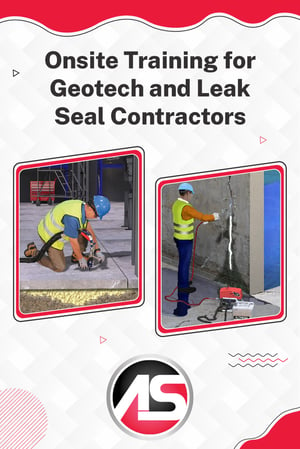 Premier On-The-Job Technical Support
Premier On-The-Job Technical Support
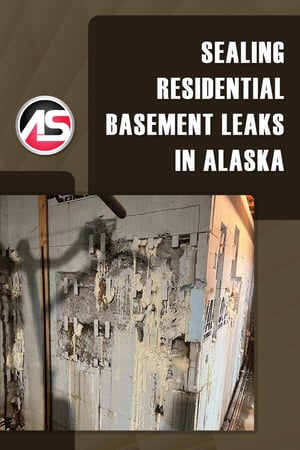 A homeowner in Alaska reached out to contractor
A homeowner in Alaska reached out to contractor 

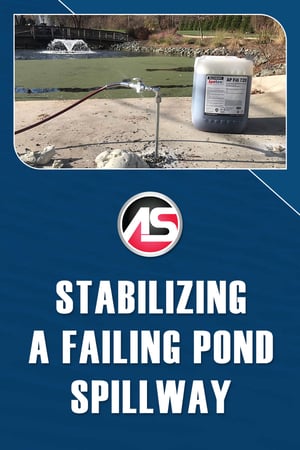 A property owner reached out to a geotech contractor for help with a leaking retention pond. The pond feeds into a creek via a concrete spillway. Over the years water has worked its way through the earthen dam and under the spillway, causing large voids and soil loss under the concrete.
A property owner reached out to a geotech contractor for help with a leaking retention pond. The pond feeds into a creek via a concrete spillway. Over the years water has worked its way through the earthen dam and under the spillway, causing large voids and soil loss under the concrete.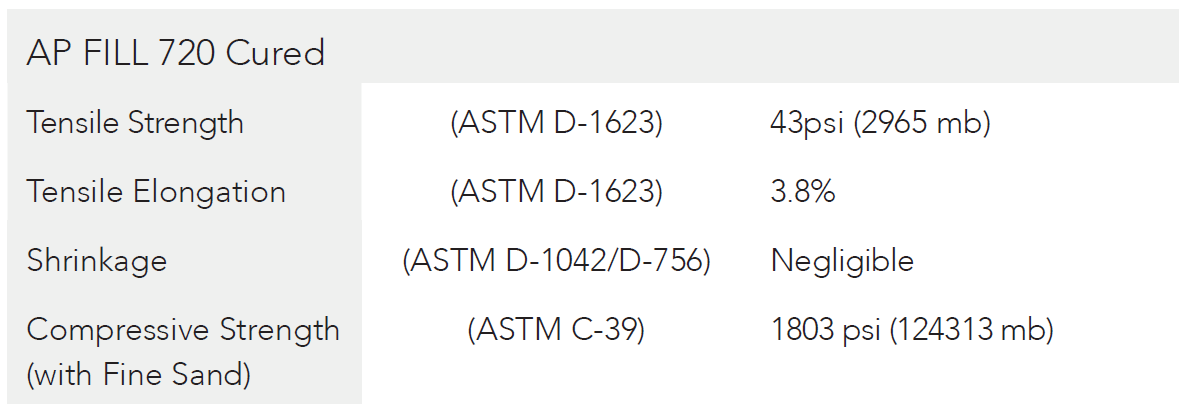


 It's that time of year again. As temperatures drop, take a moment to review this previously posted article packed with cold-weather tips.
It's that time of year again. As temperatures drop, take a moment to review this previously posted article packed with cold-weather tips.
 Back in the 1990s, the Seaholm Power Plan in the City of Austin, TX closed after four decades of operation. Recently, the entire area has been converted into an indoor-outdoor park and public space called the Seaholm Waterfront. All that's left standing of the original power plant is an intake building that the city decided to repurpose for public use as part of the project. Thirty feet below grade, are chambers that were originally designed to hold water from the river and pump it into the power plant to cool the machinery. The intake building renovation project hit a snag when they discovered that several thousand gallons of water were pouring into the chambers on a daily basis.
Back in the 1990s, the Seaholm Power Plan in the City of Austin, TX closed after four decades of operation. Recently, the entire area has been converted into an indoor-outdoor park and public space called the Seaholm Waterfront. All that's left standing of the original power plant is an intake building that the city decided to repurpose for public use as part of the project. Thirty feet below grade, are chambers that were originally designed to hold water from the river and pump it into the power plant to cool the machinery. The intake building renovation project hit a snag when they discovered that several thousand gallons of water were pouring into the chambers on a daily basis.

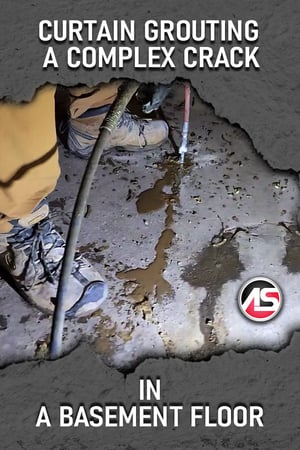 In Louisville, Kentucky the Presbyterian church owned two historic buildings with an alley between them. Last century, an addition was added removing the alley and connecting the two buildings. Unfortunately, the addition was not properly waterproofed during construction. This led to water below-grade infiltration and a plethora of very complex leaking cracks and joints in the basements of both buildings and the new connecting structure.
In Louisville, Kentucky the Presbyterian church owned two historic buildings with an alley between them. Last century, an addition was added removing the alley and connecting the two buildings. Unfortunately, the addition was not properly waterproofed during construction. This led to water below-grade infiltration and a plethora of very complex leaking cracks and joints in the basements of both buildings and the new connecting structure.